How the iPhone Measures Up to the Big Releases at MWC 2019
Between the Galaxy S10 release and Mobile World Congress, it’s been a busy February for phone news. Here's how those events might impact Apple's iPhone plans.
Just as the spirit of Antoni Gaudí pervades Barcelona, Apple is everywhere at Mobile World Congress — and nowhere at all. Apple doesn't go to industry trade shows, but it's always present, as a bar for other companies to compare themselves to and differentiate themselves from.
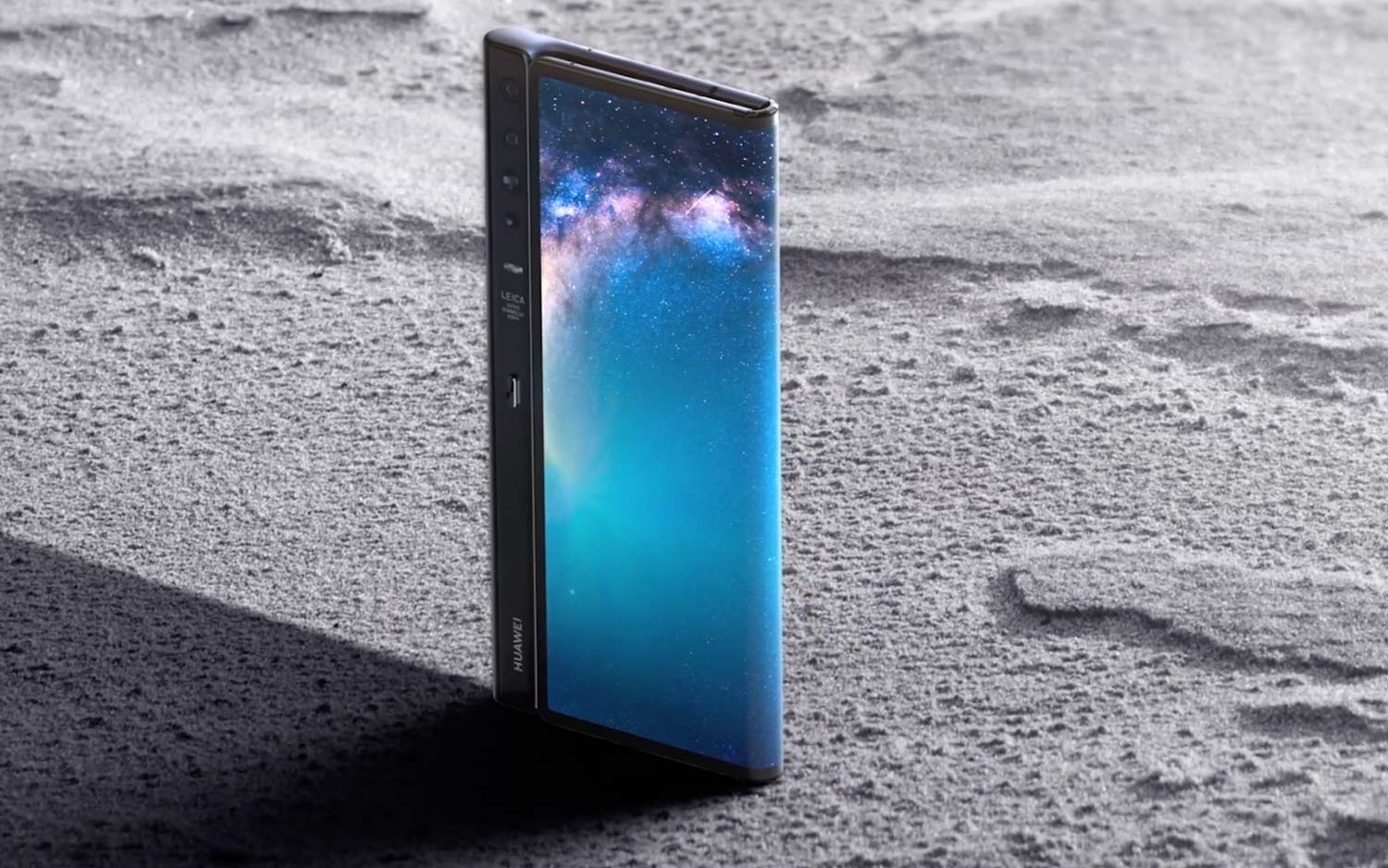
Apple won't say that it does the same (even though I suspect Apple sends employees to Mobile World Congress every year just to look around), but that's OK — we can do that job on Apple's behalf. So here's a collection of observations about Apple in relation to the announcements we've seen in the last week and a half, both from Barcelona and from Samsung's Unpacked event in San Francisco.
Where are biometrics headed?
Samsung's Galaxy S10 prioritizes fingerprint scanning over face recognition. As noted in a somewhat scathing New York Times review, the S10's ultrasonic fingerprint scanner is a clever idea, but Apple's infrared, 3D sensor system is a more secure and reliable approach — and has the advantage of being functionally invisible.
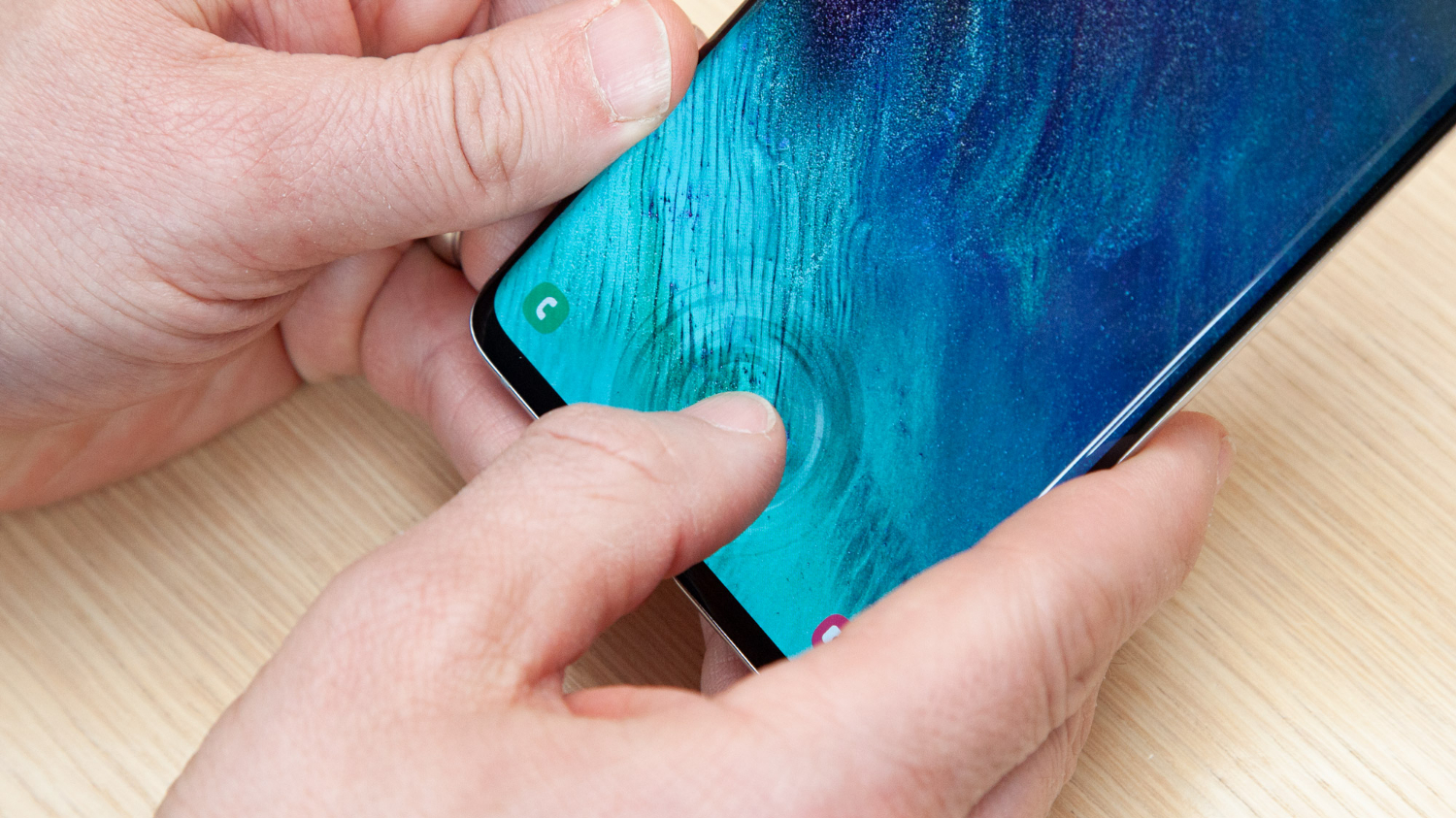
Where you fall in this debate depends on if you prefer fingerprint readers to facial scans, and I know that some people do. As for me, I don't miss Apple's Touch ID at all. Face ID isn't perfect, but generally when I use my iPhone I simply use it — and the biometric- authentication system sees me and lets me do what I want. There is something freeing about not having to set your finger in a certain place every so often just to get your phone to do what you want. Samsung is to be applauded for getting under-display fingerprint scanning to work on the Galaxy S10, but it feels like it has built a faster horse, rather than switch to a car.
Choice is king
Samsung, like Apple, has gradually realized that if someone likes one of your phone models, you should make more of them. Last fall, Apple released three different iPhone X models — the iPhone XS, a larger iPhone XS Max and a lower-priced iPhone XR. Now, Samsung has announced four different Galaxy S10 models, including two core models (the S10 and S10 Plus), a lower-cost model (the S10e) and the mega-premium Galaxy S10 5G.
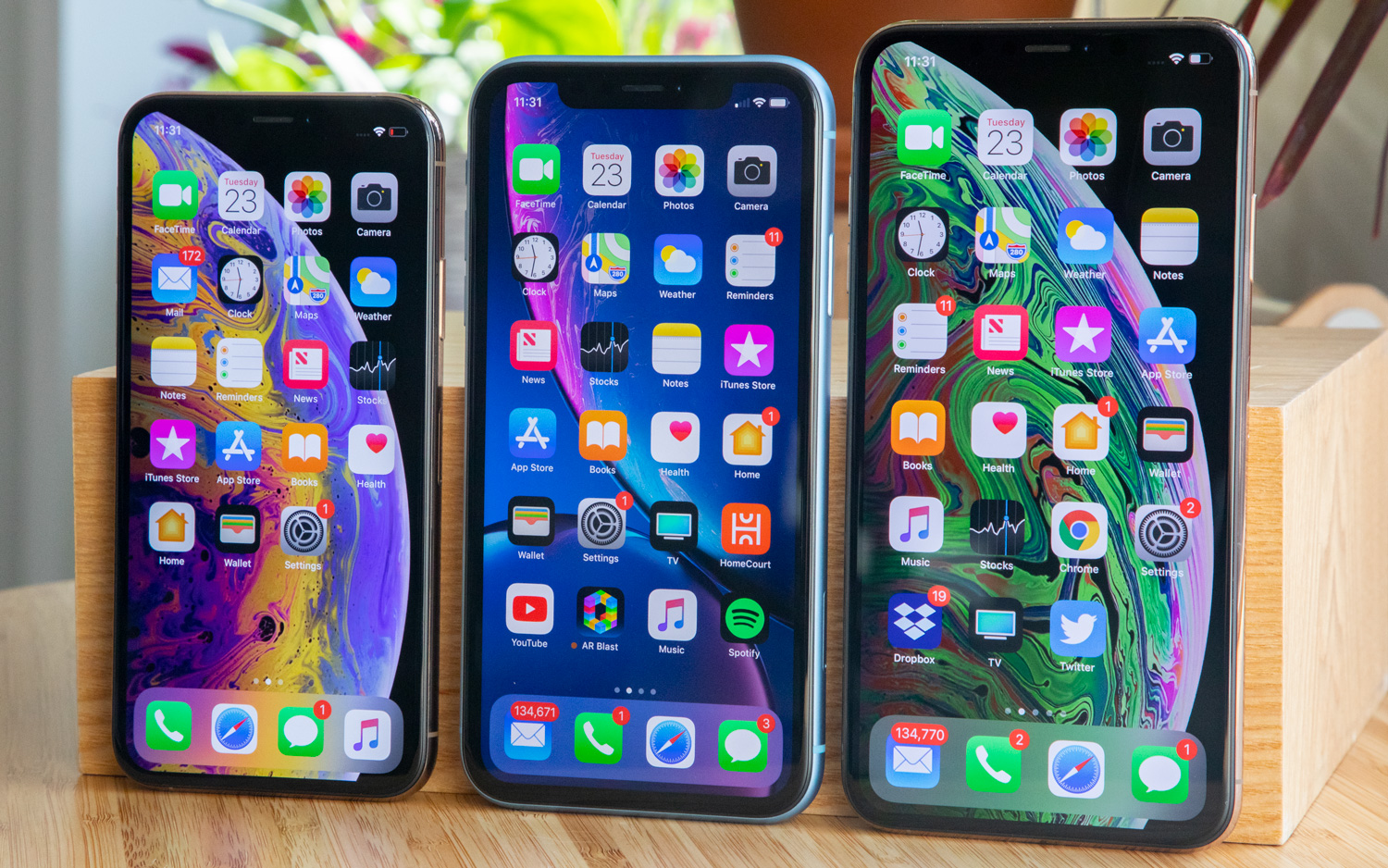
I'd expect to see more of this approach in the future. Yes, Samsung makes a whole bunch of different phones, but the Galaxy S series is the flagship, and why force customers into a single model when you can offer variety?
MORE: Galaxy S10 vs. Galaxy S10 Plus vs. Galaxy S10e
The one interesting difference between the two phone makers is that Apple's lower-cost phone is still on the large side, while the Galaxy S10e is smaller than the higher-priced versions. It makes me wonder what the fate of Apple's iPhone SE might be. Is there room in the iPhone lineup for an additional phone, one that costs even less and is on the smaller side? Giving customers more choices is a good thing, and I know many iPhone SE users who would really rather not hand in their small phone for a larger model.
Is the notch too much?
Apple's introduction of a large notch at the top of the iPhone X stirred a lot of industry discussion and sparked more than one phone maker to create their own me-too notches to hide various sensors. But a bit more than a year on, the Samsung S10 provides a response to Apple's notch, with a small hole-punch space on the standard S10 and a larger gap on the S10 Plus, both of which are far more subtle than Apple's larger notch.
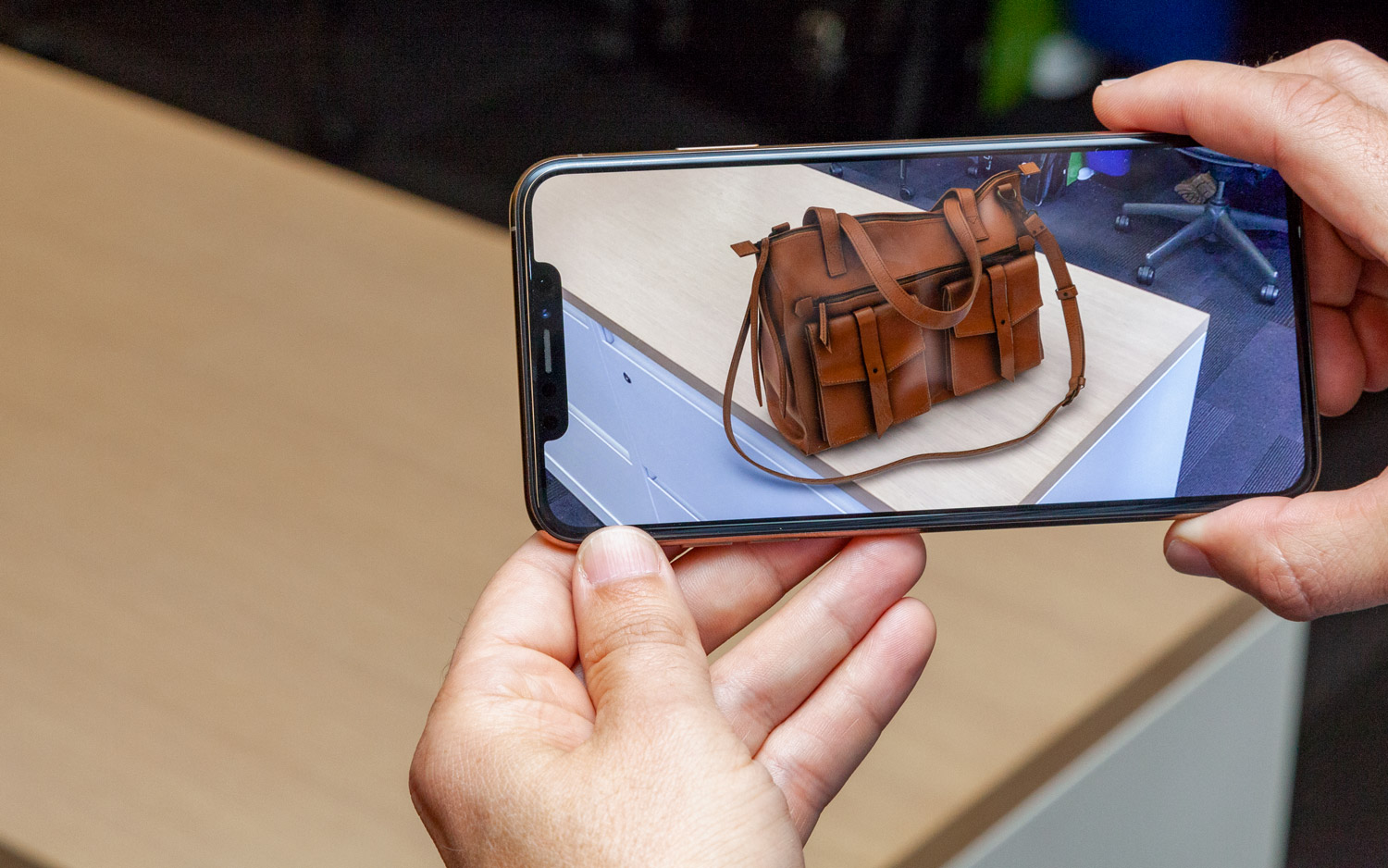
What's the right approach? Apple seems committed to the notch for now — and given that it has a very large bank of sensors up there to make Face ID work, the company may be stuck. In the long run, though, it's hard not to envision Apple making an attempt to reduce the number of sensors it needs, hide them under the display, or otherwise find a way to escape the notch and create a smaller cut-out space — or, ideally, none at all.
After using a notched iPhone for more than a year, I don't notice it and don't think it's a big deal, but I can see the arguments that Samsung's approach is less invasive. It certainly seems like a direction every phone maker should head in the future.
An eye on folding phones
In the past two weeks we've seen Samsung and Huawei introduce folding phones, sparking many arguments about the proper configuration of the foldable screen — innie or outie, or something completely different? It'll take a long time to resolve these issues, and Samsung, Huawei and other companies will do it in public.
MORE: 7 Ways the Mate X Beats the Galaxy Fold
Apple won't. It's not Apple's style. But make no mistake, Apple's working on this stuff in private and has been for several years, and the moment the company feels it's hit on a design that will be good and sell in volume, it'll ship a foldable device. That won't be this year and maybe not next year, but it'll happen — assuming that the entire folding-smartphone category doesn't completely fail first.

Think about how Apple rolled out the iPhone X: By combining an OLED screen and its Face ID technology stack, it was able to raise the price of the iPhone by $300. What price premium could a folding iPhone bring? Samsung's flirting with $2,000 for the Galaxy Fold, and Huawei has blown right through that for its Mate X, but these are first-generation models. Still, it's not hard to imagine a folding iPhone starting at $1,500 or $1,750, or even $2,000. All of which helps Apple's stated goal of increasing overall iPhone revenue.
Cameras drive interest
Looking at the Nokia 9 PureView's five-camera setup and Oppo's announcement that it's come up with a 10x optical zoom for smartphones, it's not hard realize that the camera is a huge differentiating factor when it comes to selling new smartphones. Then again, Google has shown with the Pixel 3 that it's not the number of cameras that matters, it's being able to make beautiful photos with just one lens and some smart software.
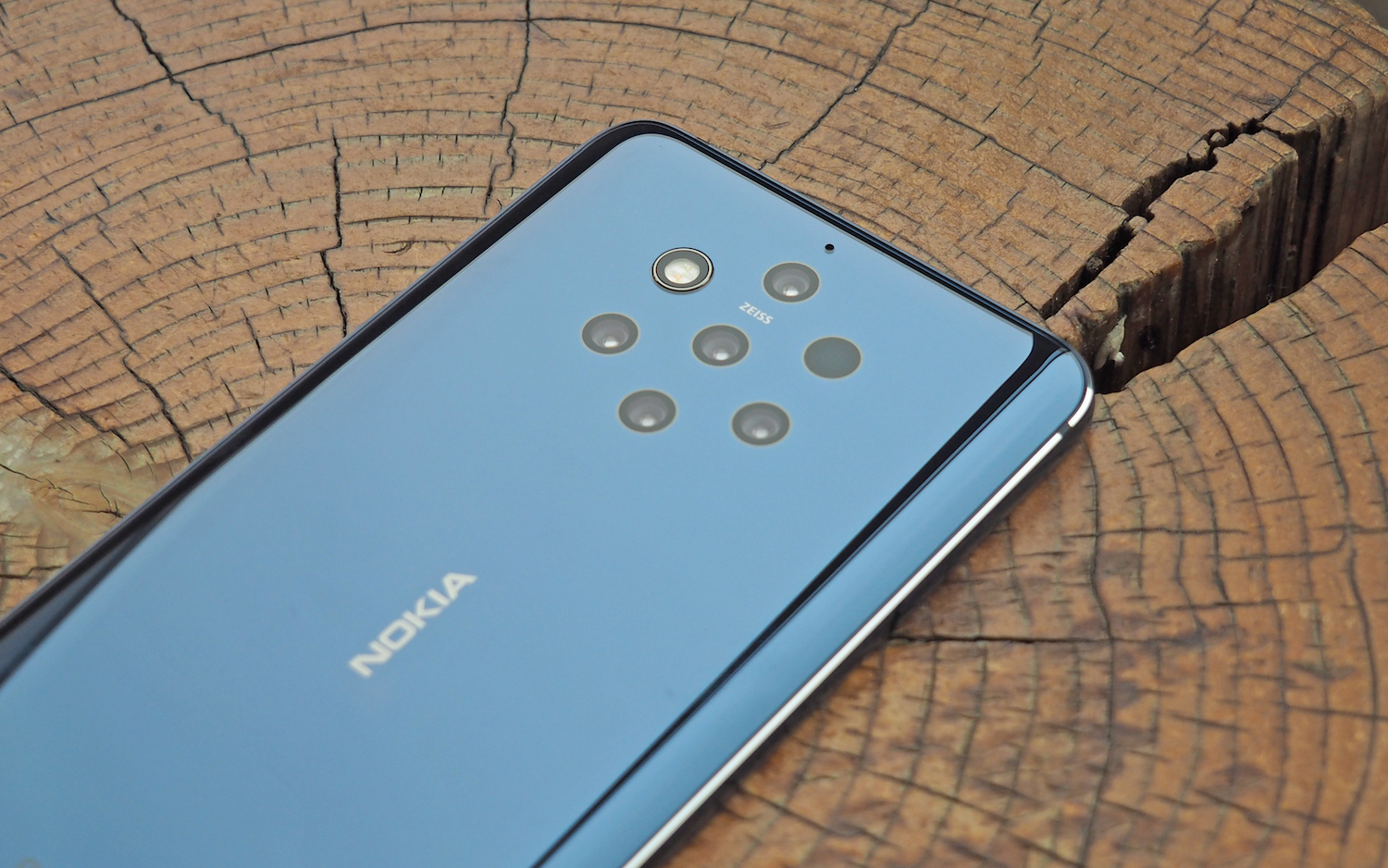
Where will Apple go? My guess is that it'll do both, adding new camera hardware when it can back it up with additional software. I have a hard time envisioning that anyone but Apple and Google will be the leaders in smartphone photography in the next few years, mostly because they can connect their hardware and software together seamlessly in a way that other smartphone makers can't.
Does 5G matter?
As I wrote here last year, Apple's sitting out the 5G party for now, and while Mobile World Congress was full of 5G announcements, it's not entirely clear whether consumers will make it such a vital part of a feature checklist that they'll turn away any phone that doesn't have it.
When you see big, bulky 5G phones like the Galaxy S10 5G with high price tags rumored, it feels like Apple is not going to be penalized by being late to the 5G game due to its ongoing legal disputes with Qualcomm. Then again, a phone like the LG 5G V50 ThinQ seems to show that a 5G phone isn't doomed to be unreasonably sized.
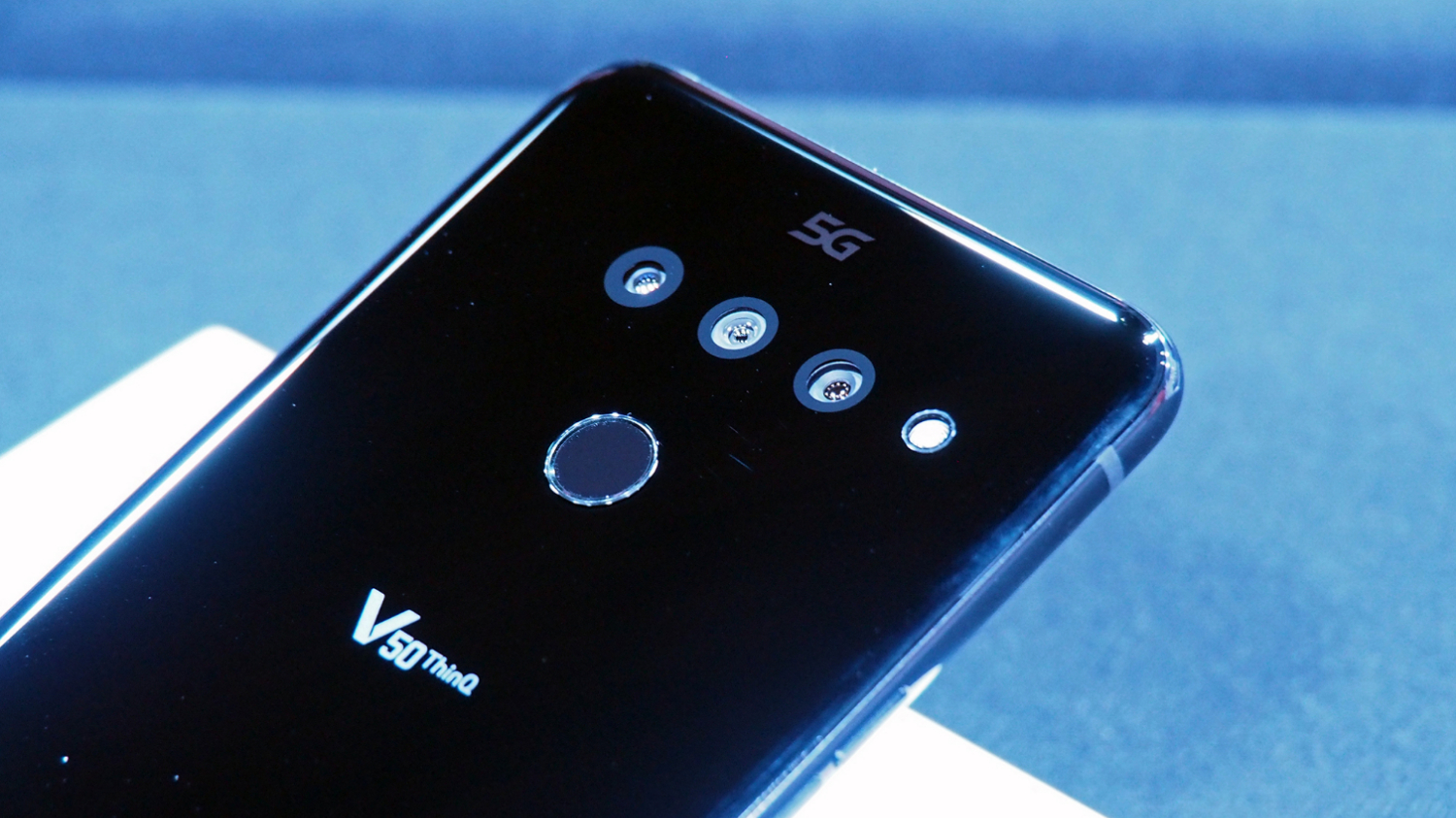
In the end, I think Apple will dodge a bullet with 5G. It doesn't seem like the 5G handsets that will be available this fall right around when Apple shows off its latest phones will make everyone wonder why Apple doesn't have one of its own. And by the fall of 2020, when 5G is more prevalent worldwide, Apple will be able to embrace 5G as if it were there all along — and get away with it.
Sign up to get the BEST of Tom's Guide direct to your inbox.
Get instant access to breaking news, the hottest reviews, great deals and helpful tips.
Jason Snell was lead editor of Macworld for more than a decade and still contributes a weekly column there. He's currently running the Six Colors blog, which covers all of Apple's doings, and he's the creative force behind The Incomparable, a weekly pop culture podcast and network of related shows.
